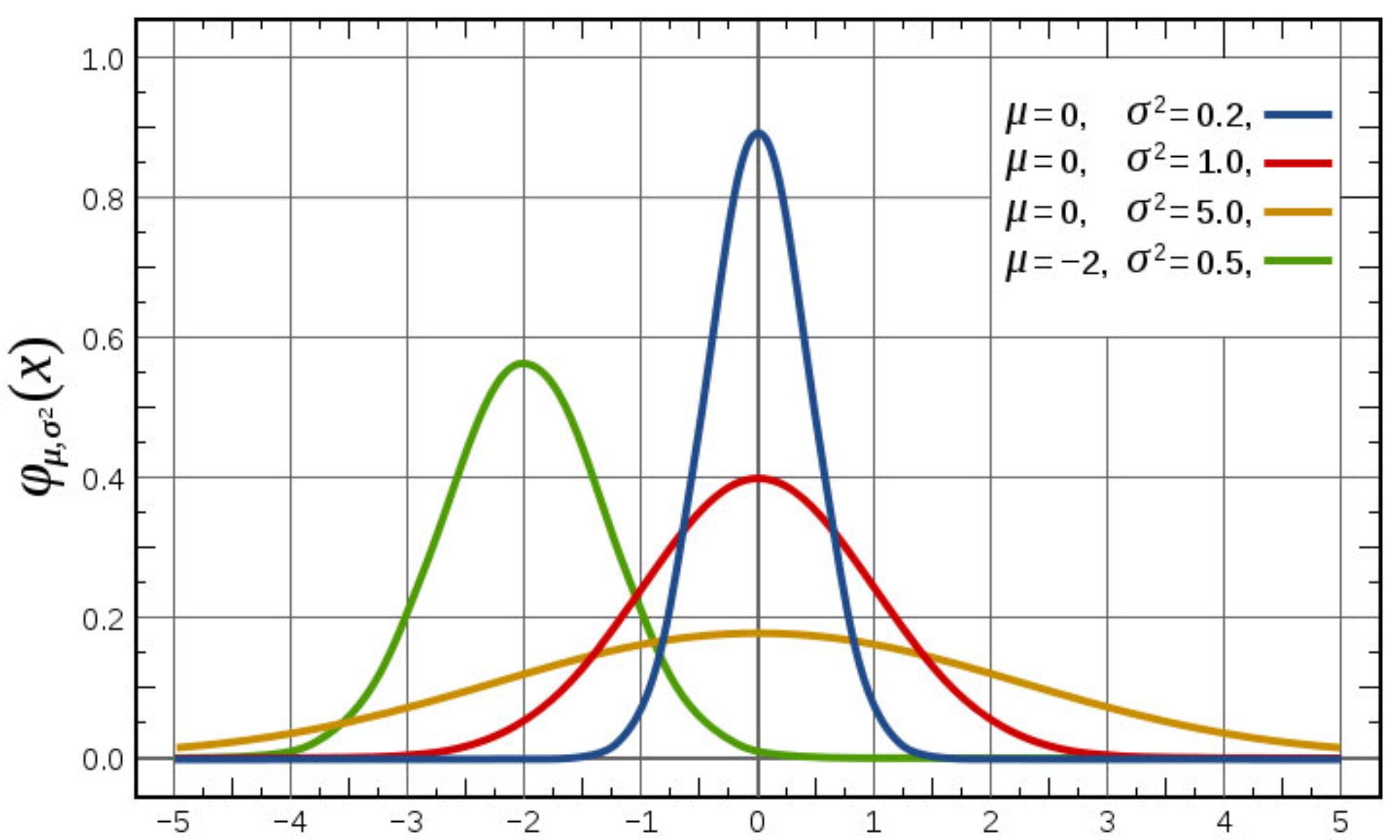This week in Finance 4366, we introduced and described the nature of financial derivatives and motivated their study with examples of forwards, futures, and options. Derivatives are so named because they derive their values from one or more underlying assets. Underlying assets typically involve traded financial assets such as stocks, bonds, currencies, or other derivatives, but derivatives can derive value from pretty much anything. For example, the Chicago Mercantile Exchange (CME) offers exchange-traded weather futures and options contracts (see “Market Futures: Introduction To Weather Derivatives“). There are also so-called “prediction” markets, in which derivatives based upon the outcome of political events are actively traded (see “Prediction Market“).
Besides introducing financial derivatives and discussing various institutional aspects of markets where they are traded, we also considered various properties of forward and option contracts, since virtually all financial derivatives feature isomorphic payoffs to either or both schemes. For example, a futures contract is simply an exchange-traded version of a forward contract. Similarly, since swaps involve exchanges between counterparties of payment streams over time, these instruments essentially represent a series of forward contracts. In the option space, besides traded stock options, many corporate securities feature “embedded” options; e.g., a convertible bond represents a combination of a non-convertible bond plus a call option on company stock. Similarly, when a company invests, so-called “real” options to expand or abandon the investment in the future are often present.
Perhaps the most important (pre-Midterm 1) idea that we’ll introduce is the concept of a so-called “arbitrage-free” price for a financial derivative. While details will follow, the basic idea is to replicate the payoffs on a forward or option by forming a portfolio comprising the underlying asset and a riskless bond. This portfolio is called the “replicating” portfolio since, by design, it replicates the payoffs on the forward or option. Since the forward or option and its replicating portfolio produce the same payoffs, then they must also have the same value. However, suppose the replicating portfolio (forward or option) is more expensive than the forward or option (replicating portfolio). If this occurs, then one can earn a riskless arbitrage profit by simply selling the replicating portfolio (forward or option) and buying the forward or option (replicating portfolio). However, competition will ensure that opportunities for riskless arbitrage profits vanish quickly. Thus, the forward or option will be priced such that one cannot earn arbitrage profit from playing this game.
